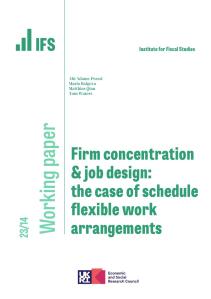Firm-level investment paths are commonly characterised by periods of low or zero investment punctuated by large investment ‘spikes’. We document that such spikes are important for understanding firm and aggregate level investment in the UK. We show that annual variation in aggregate investment is driven by variation in the number of firms undertaking investment spikes rather than in the size of spikes or in investment outside of spikes. Our main contribution is to set out and estimate a firm-level model of the timing of investment spikes that: (i) incorporates measures of macroeconomic conditions and can be used to replicate movements in aggregate investment; (ii) incorporates a role for firm capital structure, which we demonstrate explains part of firms’ heterogeneous investment responses to the Great Recession. We find an important role for low demand growth in depressing investment in the recession and for ongoing uncertainty in prolonging investment weakness in later years. The minority of firms that persistently operate with high debt levels were significantly less likely to undertake an investment spike after the recession, which is consistent with them having been more exposed to financial distress.











